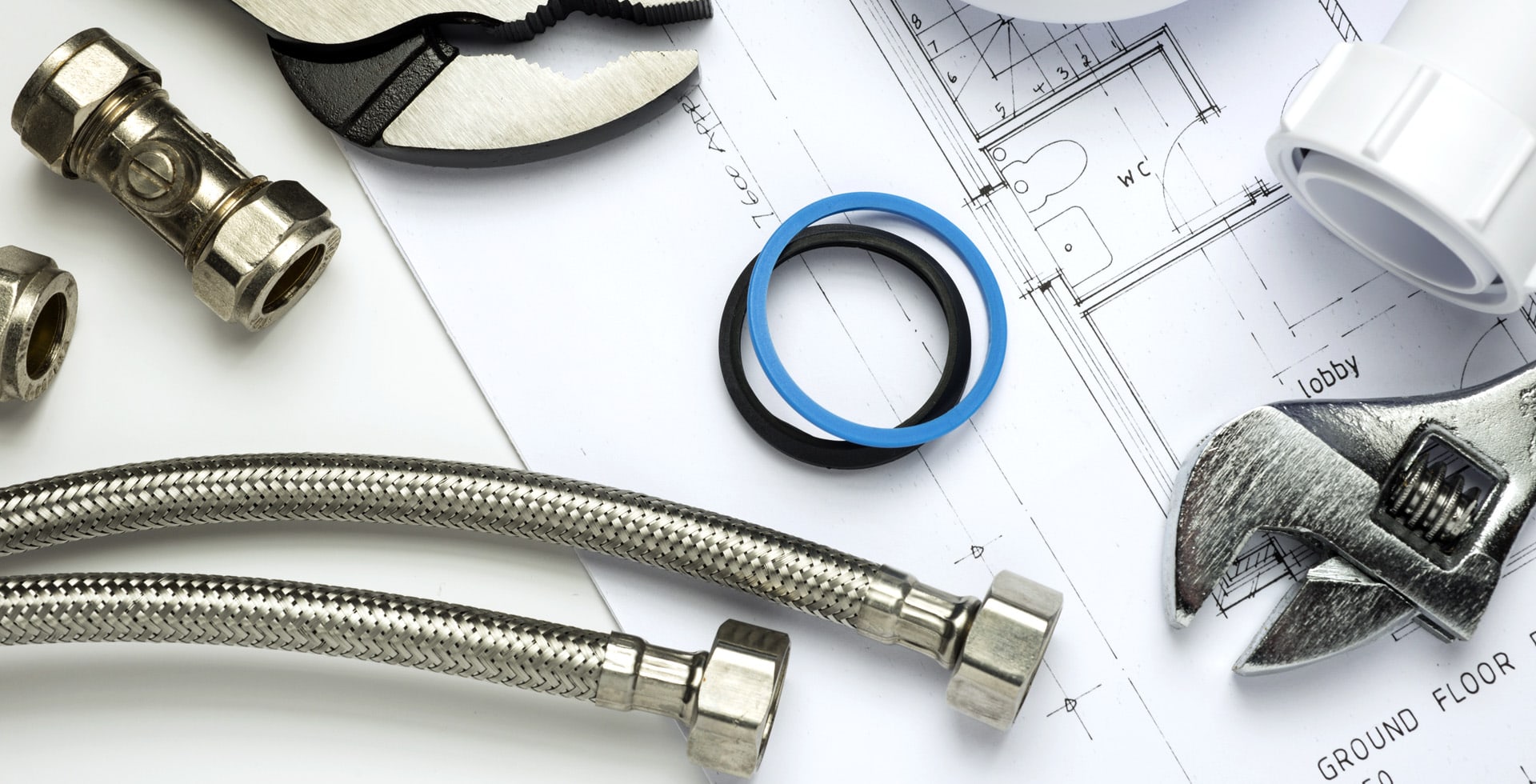“`html
Why Chimney Caps Alone Can’t Fix Structural Issues
When it comes to maintaining a safe and functional home, chimney caps often get all the attention. While these features play an essential role in protecting your chimney from environmental elements and debris, relying solely on them to resolve structural issues is not enough. This blog post outlines why chimney caps are just one piece of the puzzle and what homeowners should consider to ensure comprehensive chimney health.
Understanding the Role of Chimney Caps
Chimney caps serve multiple purposes, including:
- Preventing water damage by blocking rain and snow from entering the flue.
- Keeping animals like birds and raccoons from nesting in the chimney.
- Guarding against chimney fires by limiting sparks from escaping.
- Enhancing the overall airflow within the chimney system.
While chimney caps provide these benefits, they cannot address underlying structural problems, which often require more extensive repairs. Homeowners who rely solely on chimney caps may find themselves facing larger issues over time.
Common Structural Issues in Chimneys
Structural issues can lead to dangerous situations, including chimney collapses and hazardous flue conditions. Some of the most common structural problems include:
- Cracks in the Masonry: Over time, bricks and mortar can develop cracks, leading to water intrusion and further damage.
- Flue Blockages: Creosote buildup or bird nests can obstruct airflow, causing dangerous chimney backdrafting.
- Settling and Shifting: Changes in the foundation or ground can cause the chimney to lean or settle unevenly.
- Damaged Crown: The chimney crown, which protects the top of the chimney, can crack and allow water to penetrate.
Why Chimney Caps Cannot Fix These Issues
Chimney caps can provide essential protection but are not a substitute for addressing underlying structural problems. Here are several reasons why relying solely on chimney caps is ineffective:
- Limited Protective Scope: While caps prevent the entry of debris and water, they do not repair existing damage. If brickwork is cracked or the flue is blocked, those issues will persist regardless of the cap’s presence.
- Neglecting the Foundation: A chimney cap cannot stabilize a leaning or settling chimney. If the foundation is compromised, the cap will only serve as a temporary solution.
- Misinterpretation of Symptoms: Homeowners may misidentify cracking masonry or water intrusion symptoms as issues that can be resolved by simply installing a cap, leading to neglect of more serious problems.
- False Sense of Security: Installing a chimney cap might give homeowners the illusion that their chimney is in good condition, discouraging them from seeking necessary repairs.
The Importance of Regular Inspections
Regular chimney inspections are essential for maintaining chimney health. A professional chimney sweep can identify both visible and hidden problems, allowing homeowners to take appropriate action. Key benefits of regular inspections include:
- Early Detection: Professionals can identify issues before they become severe, saving homeowners time and money.
- Comprehensive Maintenance: Regular inspections can ensure that all aspects of the chimney system, including caps, crowns, and flues, are in optimal condition.
- Safety Assurance: Inspections help ensure that your chimney meets local codes and safety standards, reducing the risk of chimney fires.
Signs That Structural Repairs Are Needed
Homeowners should be vigilant for signs that indicate structural repairs are necessary:
- Visible Cracks: Check for visible cracks in the masonry or the chimney crown.
- Leaning or Tilting: Observe if the chimney appears to be leaning or if there are noticeable gaps between the chimney and the roof.
- Soot or Creosote Build-Up: Noticeable buildup in the flue can indicate ventilation issues requiring professional attention.
- Water Damage: Signs of water damage inside the home, such as stains or mold around the chimney area.
Conclusion
Chimney caps serve an important role in maintaining the functionality and safety of your chimney system. However, they are not a comprehensive solution for structural issues. Homeowners must be proactive about regular inspections and addressing any signs of damage to ensure that their chimney remains safe and effective. By understanding the limitations of chimney caps, homeowners can be better prepared to maintain their chimneys and avoid costly repairs in the future.
“`

